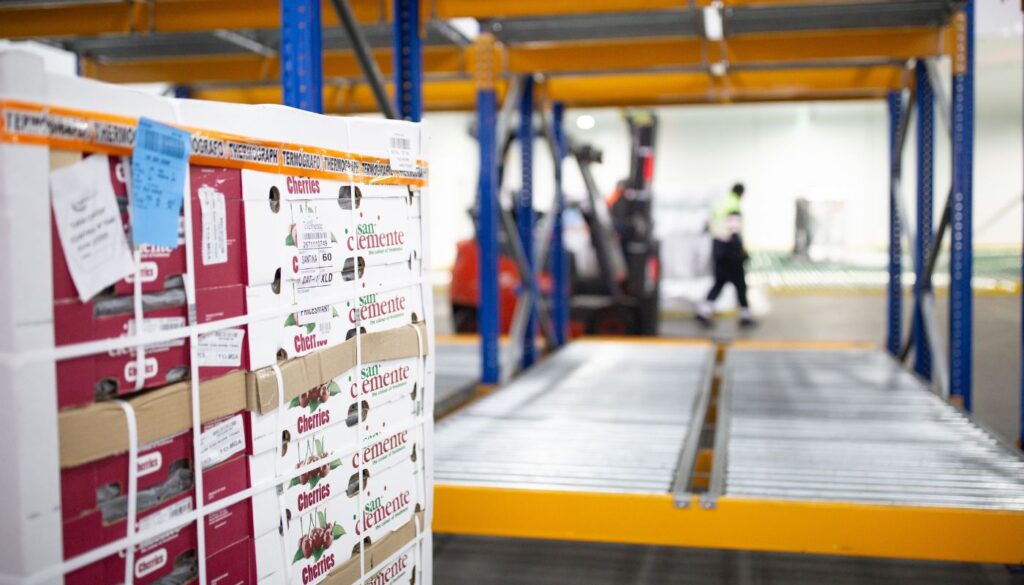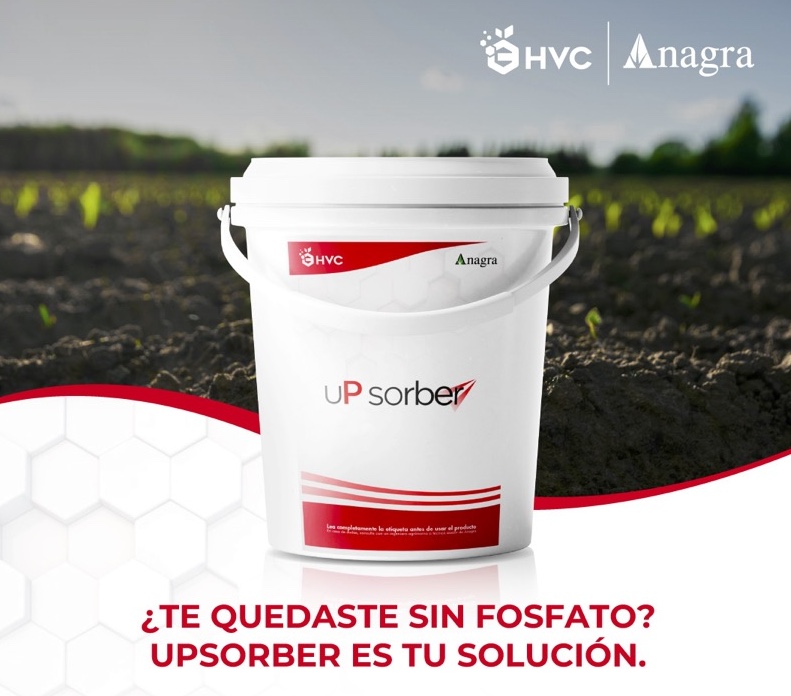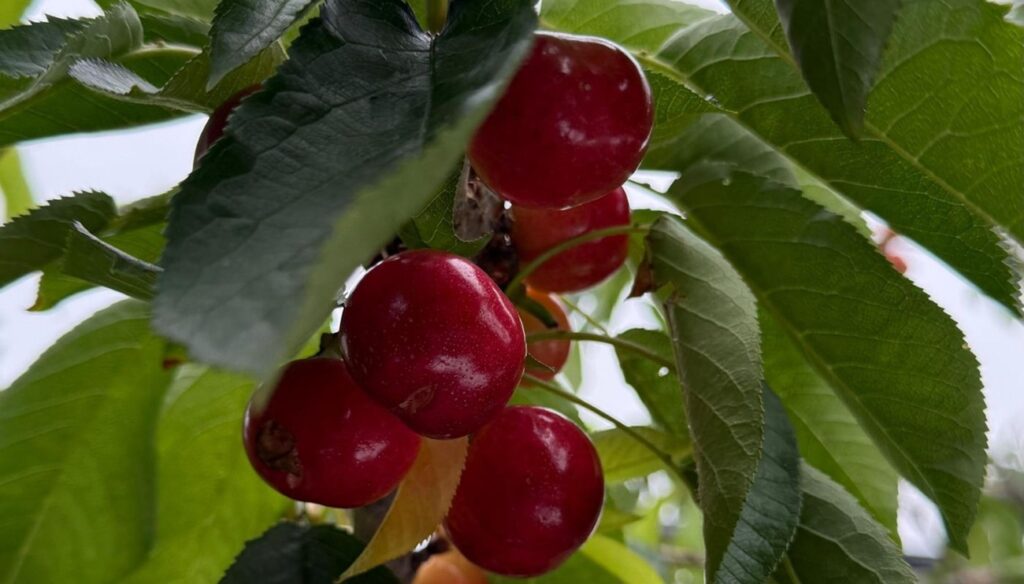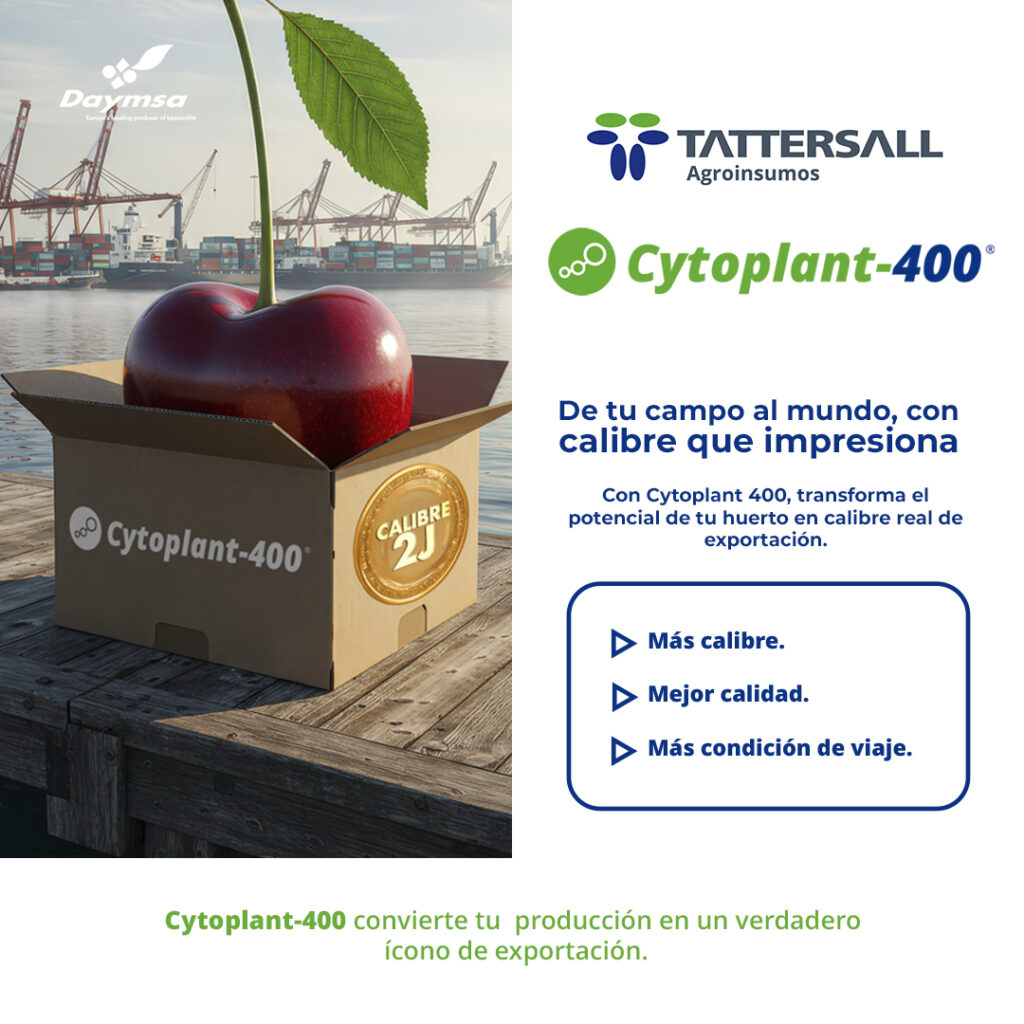We’ve been hearing a lot about Artificial Intelligence (AI) lately. The ability of computers to mimic human thinking and decision-making, and to automate tasks that traditionally required human intelligence, has been the subject of all kinds of news. In line with this, and to further confirm the growing importance of this technology, TOMRA Food has just launched two new AI-based sorting and grading solutions.
One such solution is the new TOMRA Neon, which pre-sorts mechanically harvested blueberries destined for the fresh market. The next-generation Spectrim X series, meanwhile, leverages deep learning to grade and grade fruit with unrivalled accuracy. These machines are just the beginning of a revolution that will make fresh and processed food production more efficient and profitable.
Various benefits for processors
The most extensive public debates about AI have undoubtedly focused on the latest version of the ChatGPT chatbot. This AI-powered language processing tool can answer questions, perform tasks such as writing emails and computer code, and write essays to pass exams that would otherwise be difficult for students. Not long ago, none of these AI capabilities existed.
AI also made headlines when the godfather of the technology, cognitive psychologist and computer scientist Geoffrey Hinton, quit his part-time job at Google so he could speak more freely about his concerns about AI's entry into the workforce.

So, today there is no denying that AI-driven automation will be implemented in tasks that are currently handled manually, including some routine occupations in food processors and packing plants. As we will see in a moment, this will be a positive development for food employers, employees, and consumers.
Since 2019, TOMRA Food has been using Artificial Intelligence to make sorting and grading solutions more accurate than traditional techniques, and the deployment of AI-driven technology in the food production industry will continue to accelerate in the future. Below we look at some of the areas it will impact:
- Sorting and grading with greater accuracy and stability, resulting in decreased food loss.
- Detection of foreign materials.
- Improving predictive maintenance.
- Intelligent online problem diagnosis.
- Predicting the shelf life of products.
- Intelligent package optimization for different customers.
- Optimizing supply chain operations.
Make no mistake: AI is causing a major technological change to which companies will have to adapt in order to remain competitive.
AI adapted to food production
When talking about AI, you may also come up with the terms “machine learning” and “deep learning.” Machine learning is a collection of techniques that enables software systems to recognize patterns in data to provide measurements and insights. Deep learning on the other hand is a subset of machine learning that uses artificial neural networks to solve complex problems. These technologies are well suited to food production because many tasks involve data and decision making.

AI is also relevant to food production due to the high level of variability in the industry, from weather and climate effects to natural variations in products. These factors can result in traditional systems struggling to make accurate predictions. It’s not enough to just have data – the quality of the data is also an important factor in AI performance. As with traditional systems, the better the data, the better the decisions – which is why it’s so important to have the best inspection systems and sensors, as they can collect higher quality data that powers the AI system. This leads to more accurate and consistent decisions resulting in less food waste and more salable products, as well as maximising the value of the product.
So AI can improve sorting and grading machines in a number of ways; it can help make more accurate “accept or reject” decisions; recover more good product from compromised raw material, through increased accuracy; and more accurately sort produce on the line into different grades to enable hands-free production. For example, heavy rain or frost has damaged so much fruit that only a 40% of it can be packed. Older technologies wouldn’t be accurate enough to recover this, as they would wrongly include too much damage, but AI makes it possible: as well as recovering a potentially disastrous harvest, this helps keep customers happy at times when produce would otherwise fall short of the quality required.
AI and Deep Learning in Action
Deep learning is an artificial intelligence method that uses pre-trained models to teach computers how to process data, such as complex patterns in photographs. The recently launched Spectrim X series classification platform is a great example of this. Developed by a team of scientists, engineers, researchers and industry-leading experts, Spectrim X integrates the latest development of TOMRA’s LUCAi™ deep learning technology.
The Spectrim X platform is equipped with LUCAi™ software, computing hardware and pre-trained models that achieve unprecedented grading accuracy. More packing operations can now be performed without manual intervention, focusing more on thresholds while minimising fruit loss.

Spectrim X evaluates thousands of high-resolution, multi-channel images of fruit every second. It then cross-references what it sees with AI networks that have been trained on tens of thousands of fruits to make sorting decisions that meet market demands. This data has been captured from TOMRA machines around the world and accurately labelled manually by TOMRA’s data science team. During 18 months of real-world testing in the US and New Zealand, sorting and grading apples, Spectrim X showed a significant leap forward in performance compared to its predecessor model.
The new TOMRA Neon solution, also powered by AI, is for pre-sorting blueberries. While automated blueberry harvesting is faster and less costly compared to manual harvesting, it poses challenges for fresh fruit processing and packing lines in the form of unwanted produce and fruit bunches. To address these challenges, TOMRA Neon accepts or rejects fruit before transferring it to the TOMRA KATO260 optical sorter. Using AI, TOMRA Neon can identify and remove those unwanted bunches, undersized fruit or unripe fruit. By removing more than 95 % from bunches and more than 90 % from unwanted green and red blueberries, the efficiency of the optical sorter is optimized.
Reasons for optimism
The valuable capabilities of AI in food processing will become even more important in the near future due to the increasing challenges presented by global food shortages and unusual weather events, and because there is commercial pressure to provide the highest quality ingredients and products, even if there are deficiencies from the outset.

AI can also help processors and packaging companies address other challenges, such as enhancing the lowest-cost product and service offerings; meeting customer product specifications fairly and accurately; and reducing or eliminating problems associated with recruiting, training, and retaining a skilled workforce.
The difficulties of finding seasonal workers and properly managing the workforce can be addressed by automating tasks that were previously performed manually. It is no secret that sorters, graders and packers are faster, more accurate, consistent, reliable and ultimately more cost effective than humans.
This brings us back to the controversial topic of job replacement. It is worth remembering that many processing plants, especially those not near large population centres, struggle to employ all the people they need, so instead of performing tasks that were previously done manually, automation often does what could not otherwise be done. Automation often takes over tasks that people do not want to do because they are boring, repetitive or strenuous. This is certainly true of manual sorting and grading, and if workers are displaced from these roles, they are often reassigned to other tasks on the line, which are less monotonous and have more value.
However, as we’ve seen here, reducing labor dependency is just one of the many ways AI-powered automation benefits processors and packers. AI will play an increasingly important role in meeting the needs and wants of food consumers as the world’s growing middle classes increase demand for healthy foods. Most importantly, AI will help meet the challenge of feeding the world’s huge and growing population, which will require more food production and less food waste.










